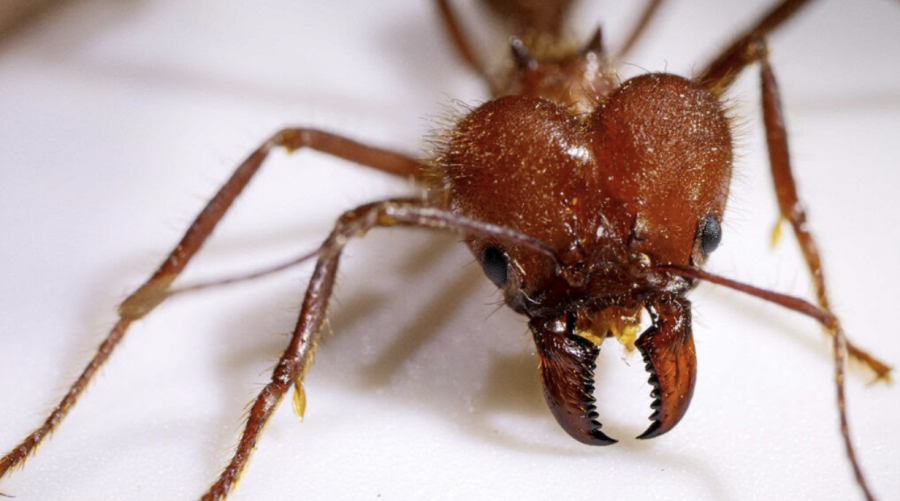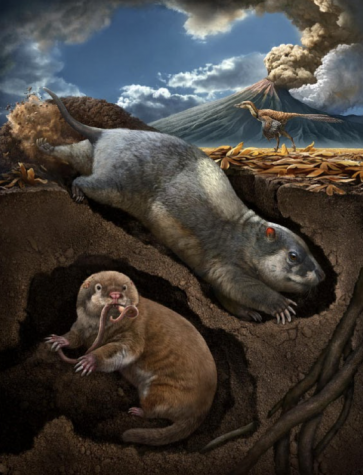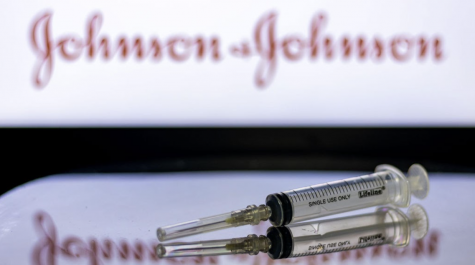Top Three Science Stories to Start the Semester
Ants with Metal Teeth
Have you ever wondered why ants have such a strong bite despite their size? You probably never thought the answer was “their pincers are naturally fortified by metal,” but nobody’s blaming you. Recently, scientists discovered that the jaws and ‘teeth’ of some ants, such as leaf-cutter ants, are naturally heavy with zinc particles. The metal allows the ants to cut with more strength and more precision, which is helpful when constructing their colonies and harvesting food.
These ants aren’t cyborgs, they’re just species partially made of something scientists are calling heavy element biomaterials. One scientist on the project commented that the metal-infused body parts have “the kinds of properties that you want in a knife or needle.” So next time you’re walking near an anthill, it might do you well to be extra mindful of where you step.
Mars Rover Takes First Rock Samples
NASA’s Perseverance rover has been tooling around on Mars since it landed in February. Earlier this month, it finally took its first sample of Martian rock. Back in August, it attempted to take a rock sample, but the rock crumbled and the sample was lost, most likely due to the rover’s drill being too strong.
Now, though, Perseverance has taken two rock samples successfully and is keeping them safely stored within airtight tubes. The rover will leave these samples at drop sites where future manned missions can pick them up and bring them back to earth for analysis. Since the rock samples have salt content from water long since dried up, NASA scientists hope it contains some trace of the ancient life that may have been on Mars.
50 Years of Marine Pollution Research
Fifty years ago nearly to the day, scientists first linked chemical pollutants to possible changes in marine life behavior. Now, decades of studies have been done confirming that link. Chemicals that treat sewage have been connected to damaging several fish species’ abilities to form schools; this leaves them vulnerable to predators. Runoff from pharmaceutical factories has done odd things, such as decreasing or erasing the appetite of fish, and some plastics confuse the senses of marine animals like turtles to the point where they are drawn to and try to consume inedible things.
Since progress has been made in understanding the harm pollution does to marine life, there has been development towards taking action to limit the effects of that pollution. In recent years, there has been a push towards recyclable plastics to keep them out of ocean landfills. Biden’s administration increased the reach of the Clean Water Act’s protection, bringing it back to covering the amount of streams and wetlands it was before Trump’s administration cut it down. A lot of restaurants have switched their plastic straws out for the less harmful paper.
Although the conditions for marine life have gotten worse since 1971, the chances of those conditions improving have gotten better and will continue along that path.






